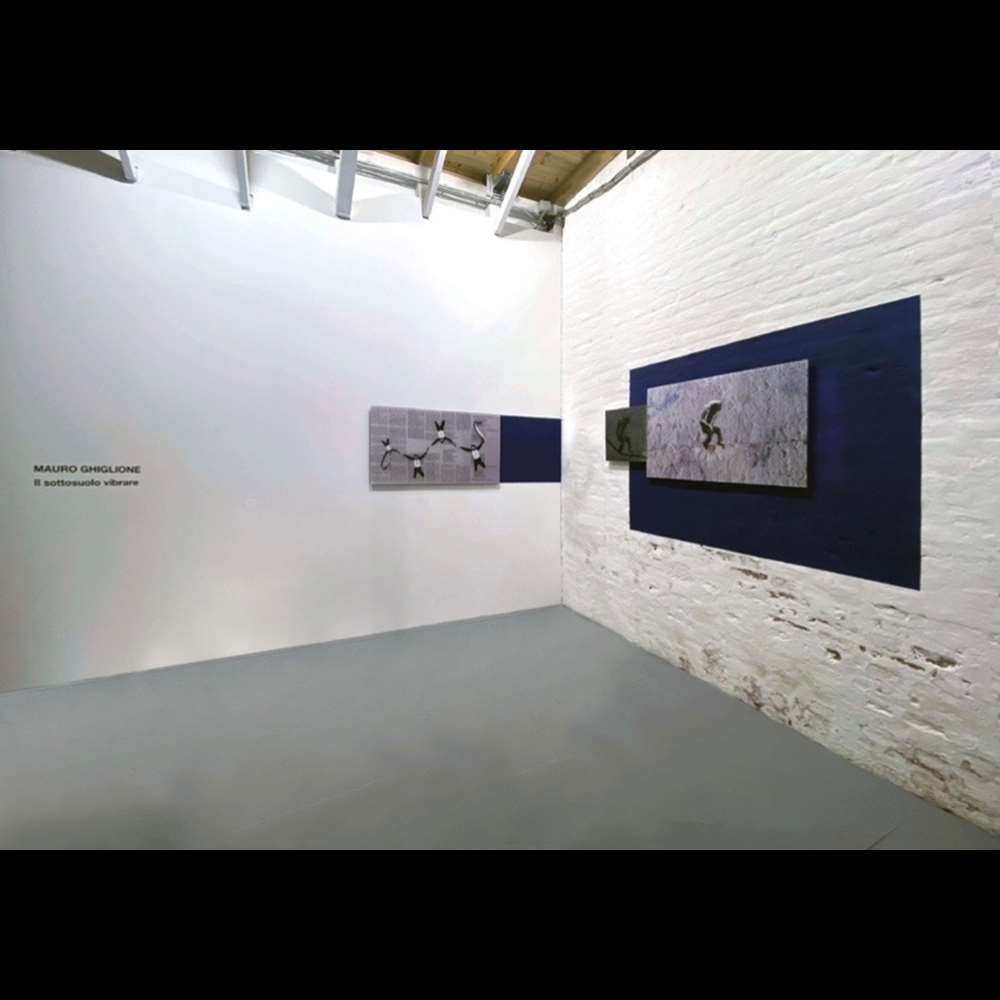-
Interview
1. What are the foundations of your research (Art Identity)?
Probably conceptual art, attention to language, elements of minimal, together with a critical approach to the image with particular reference to the photographic image, are all fundamental components that I use in the context of my research. But I must add that it is not so clear to me, these are considerations that I can only make or share in retrospect, perhaps it would be a question to ask to third parties who have seen my work and who are certainly more authoritative than myself.
2. Who are the artists who have guided you in your research?
The answer is a bit obvious but undoubtedly true: Marcel Duchamp without a doubt as a boy. Later there were also others who guided me, some known personally such as Franco Vaccari or Fabio Mauri, others only through their work, but not I am venturing into a list because I would certainly forget someone. It is certain, however, that I have had many powerful artists to whom I could not fail to look. However, I can mention one name: I would not like to forget Piero della Francesca …
3. Define yourself as a human being using three adjectives.
I'm not so sure that an artist is a human being however I try:
Generous, hidden, detached
4. According to your vision, where is contemporary art going and where would you like it to go?
I don't want to withdraw excessively but I really have no will to express with respect to the direction that contemporary art will take. Of course it may intrigue but in other ways I'm not even too interested. My experience says that art is always in another place than the context that debates its values. I think it will go like this…
TWO WORDS ABOUT HIS WORKS
Mauro Ghiglione's artistic research began in the second half of the 1980s and found its referents in conceptual art: from the manipulation of photography, to installations, to the use of video as a perceptive tool.
The signs of his language are images, objects, sentences. Each element, in its essentiality, finds its place in a space where photography, words and three-dimensional elements "represent" and recall "other".
His visual compositions, whose distinctive trait is an extreme formal rigor, refer to conceptual structures that also affect the choice of materials and found objects, becoming real engines of concepts. While using the photographic image in installation contexts, Mauro Ghiglione's work cannot be defined as "photographic", his approach to photography in fact passes through a critique of the medium. Often the artist obtains the images from original photos and manipulates them through successive passages of both selection and enlargement until the loss of their photographic specificity, exemplary are his prints of images on slabs of salt made with the explicit desire to see them disappear. He uses a sodium chloride support, precisely because it is intended to corrode the reproduced image over time.
Evidence of this work can be found, among others, in the exhibitions "Utopias Daily" in 2002 curated by Vittorio Fagone and Angela Madesani - at the PAC (Padiglione Arte Contemporanea) in Milan, in 2008 "Alteratamente sani" curated by Viana Conti in Genoa at the Unimediamodern Gallery, “Paso Doble” in 2009 with Franco Vaccari, curated by Viana Conti, at the Michela Rizzo Gallery in Venice.
In the final phase of his research, Ghiglione opens up food for thought on the condition of "hyper-communication" to which our universe is subjected, and he does so through a critical approach towards the enormous amount of data and information that we produce every day. In his investigation into the persistence of the image, he has come to offer the viewer the negation of the image itself, declaring its most total inadequacy, and this translates as much into the zeroing of the image reduced to a mere word, as into the presentation of a gesture, perhaps saving, represented by photographic images "torn" and kept in solid wooden cases. His productions underline the inability of contemporary man to think of himself outside the image that is provided to him from the outside and from the models of an imaginary now so crowded with copies as to become stereotypical.
An important testimony of this research is the work "1298 years in Europe - (the philosopher's shirt)", presented on the occasion of the exhibition "Complex disappearances" (2015 - Venice, Galleria Michela Rizzo curated by Viana Conti), with which well represented the loss of identity of Western thought and the "Useless Theorem" work presented on the occasion of its exhibition "Imaginary Theorems" (2019 - Genoa, Museum of Contemporary Art of Villa Croce curated by Antonio D'Avossa) wall installation where the void actively participates as an imaginary environment.





